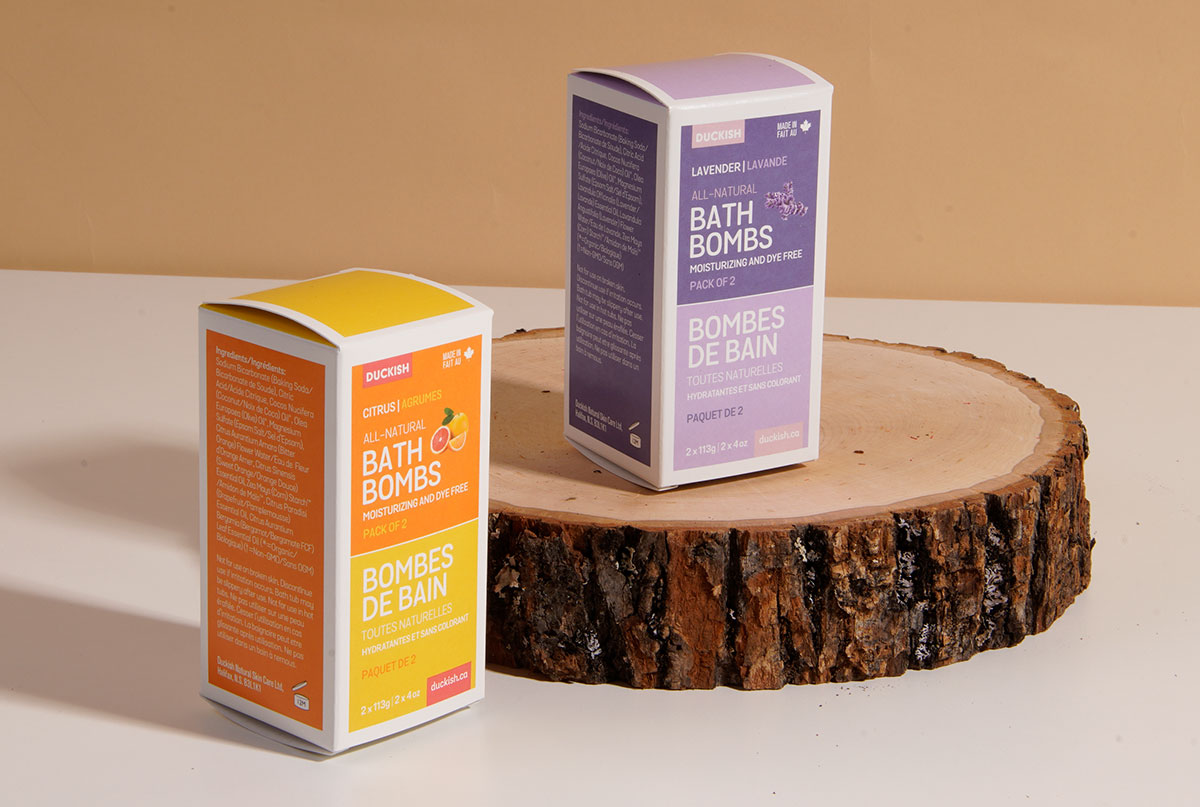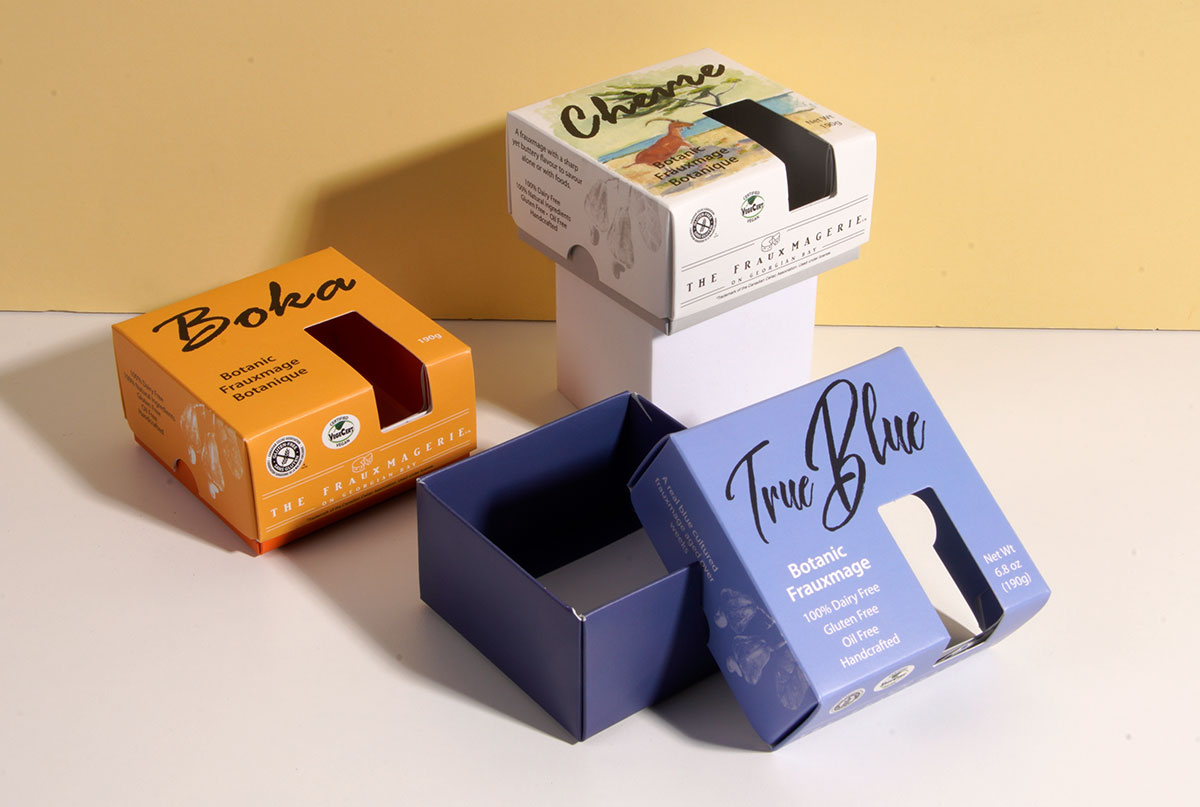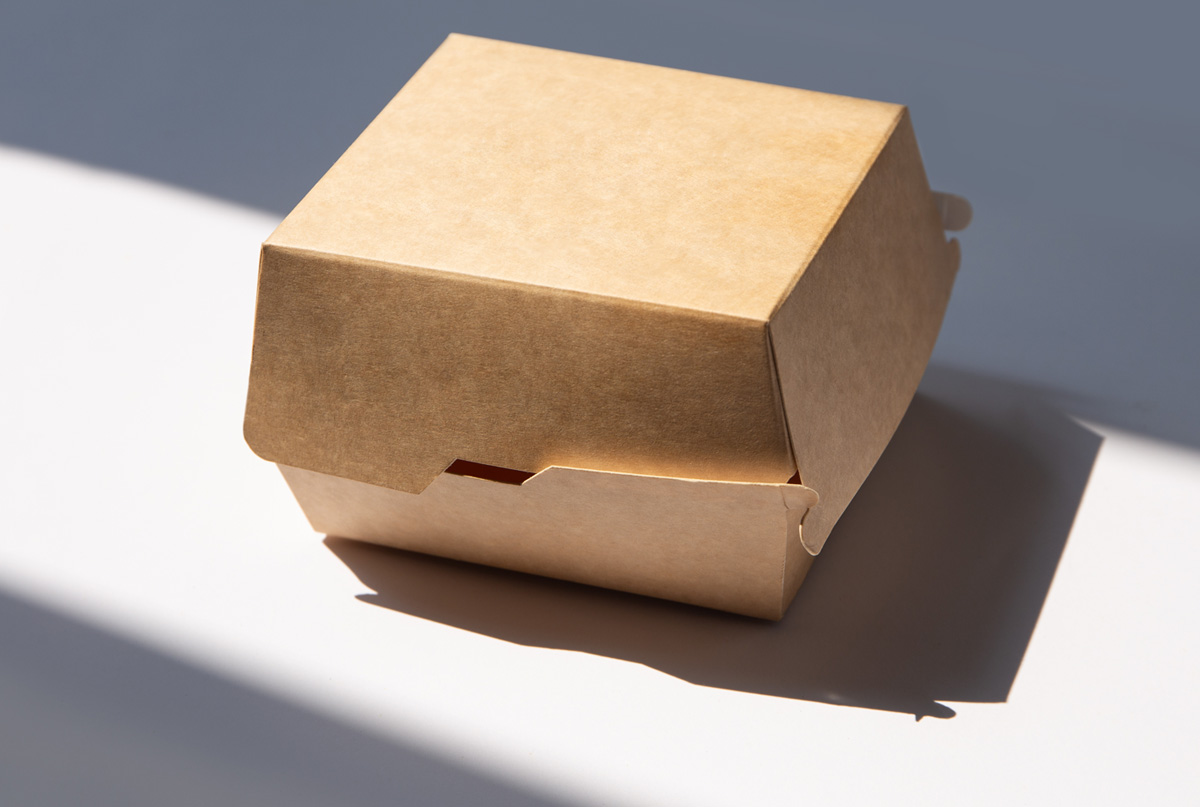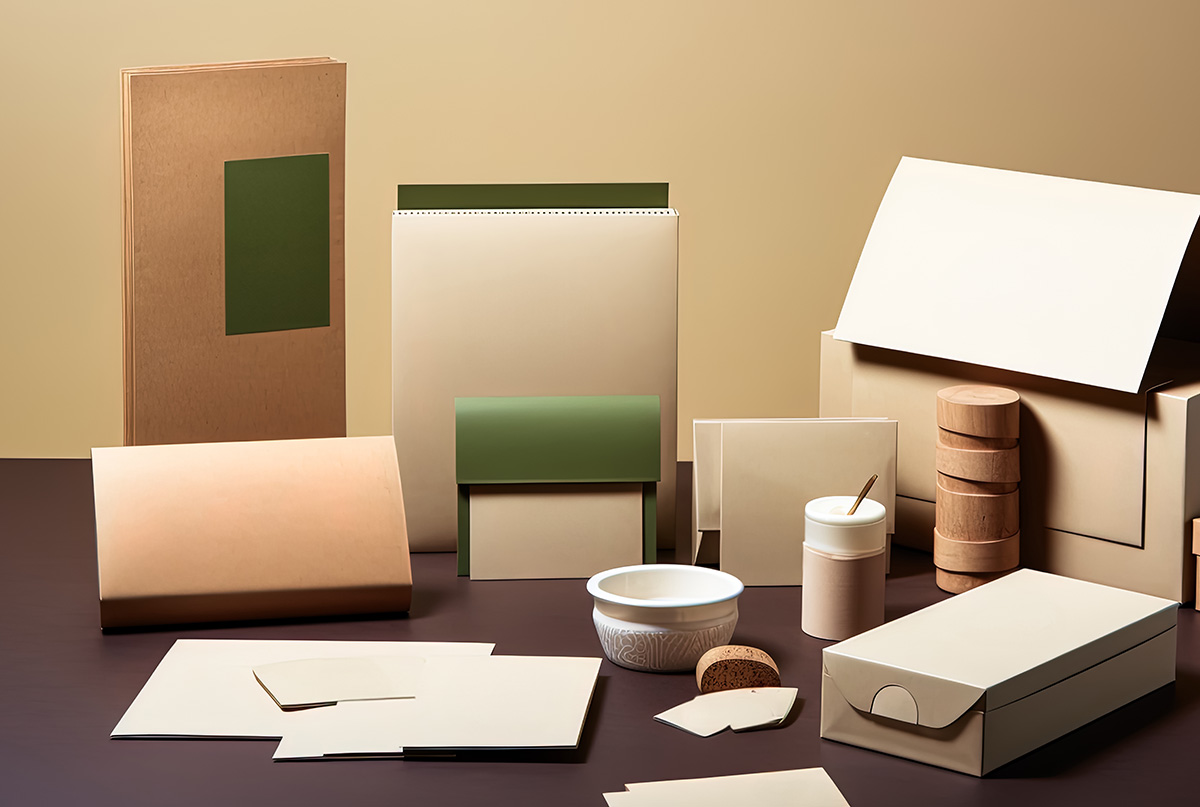Anyone who has seen the waste of packaging on Christmas morning understands it is the item inside that matters most. There are literally tons of plastic materials left in landfills to degrade over the years, and plastic takes centuries to degrade. To help reduce your packaging footprint, keep reading and get some ideas on how to reduce plastic in your business.
Use Biodegradable Material
Plastic can take centuries to degrade and can cause environmental damage in the process. Compostable materials can eliminate this danger. Many products can benefit from biodegradable packaging material, but food products are one of the best. This is because they need packaging to keep the items safe from humidity, bacteria, pressure, and other factors that speed up spoilage. When you use biodegradable packaging with eco-friendly ink, you have packaging that is 100% renewable.
Use Cardboard and Paper Packaging
Paper and cardboard have many qualities that plastic doesn’t. Some of these include recyclability and biodegradability. The American Forest and Paper Association has stated that the most-recycled material is packaging from recycled items and paper. Another advantage to paper and cardboard packaging is that they are more budget-friendly than other types of material. Paper packaging may include shipping sacks, cardboard, paperboard, and paper bags.
Consider Reusing Packaging
With items like cosmetics and sprays, you can offer a concentrate that allows clients to buy refills and reduce packaging across the board. There are many refill products starting up because of this method of reducing packaging. For instance, there are drink dispensers that companies are investing in to encourage consumers to use their own bottles.
Consider Using Plant-Based Material
When you use packaging material made from plants, it is also called bio-based plastics. This is usually made from mushroom filaments, wheat, coconut, corn, potato cuttings, sugarcane, mango skins, and banana peels. These plastics are made from agricultural by-products and natural materials, so they generate minimal greenhouse gases and consume less petroleum when they are made. You can also recycle these plastics when they are made into films for frozen foods or for shampoo bottles.
Eliminate It
Take a long, hard look at your packaging and see what is truly needed and what can be done away with. This is the simplest solution to reducing the plastic in your packaging. Reconsider plastic packaging around food items, such as vegetables, clothing, and other items. Where you can remove the plastic and keep the integrity of the goods, do so. The first thing you should consider is whether any part of your packaging can be eliminated. This is the best way to reduce your packaging overall, specifically your plastic packaging.
Conclusion
There are many reasons you should strive to reduce plastic in your packaging, but the biggest reason is the environment. There are several ways to reduce plastic in your packaging. Take the time to do the research and discover the best way to reduce plastic in your packaging, and your customers and bottom line will thank you for it.




